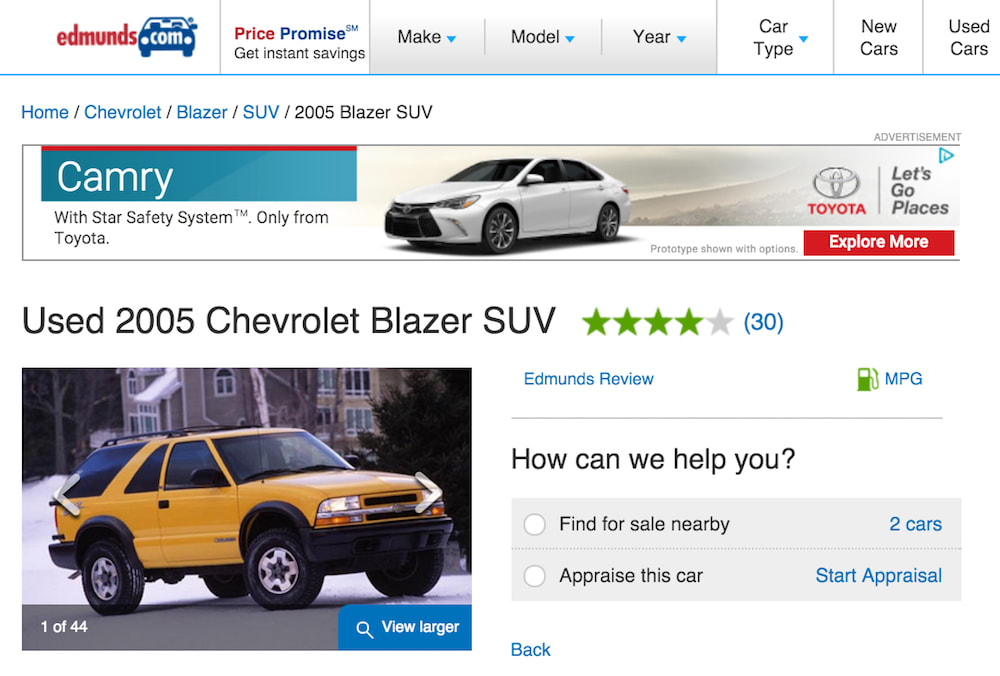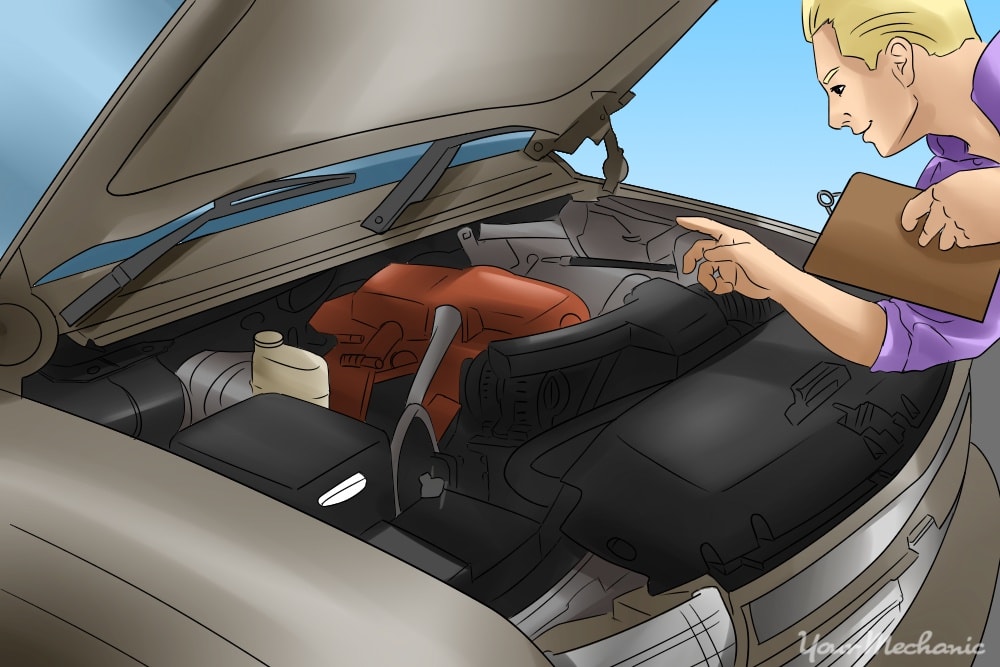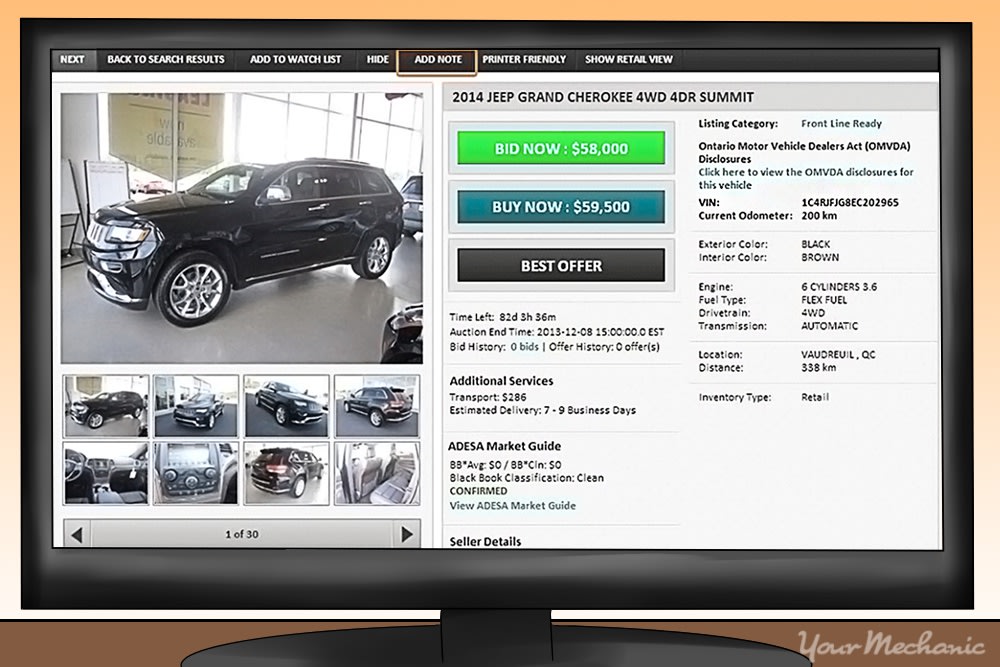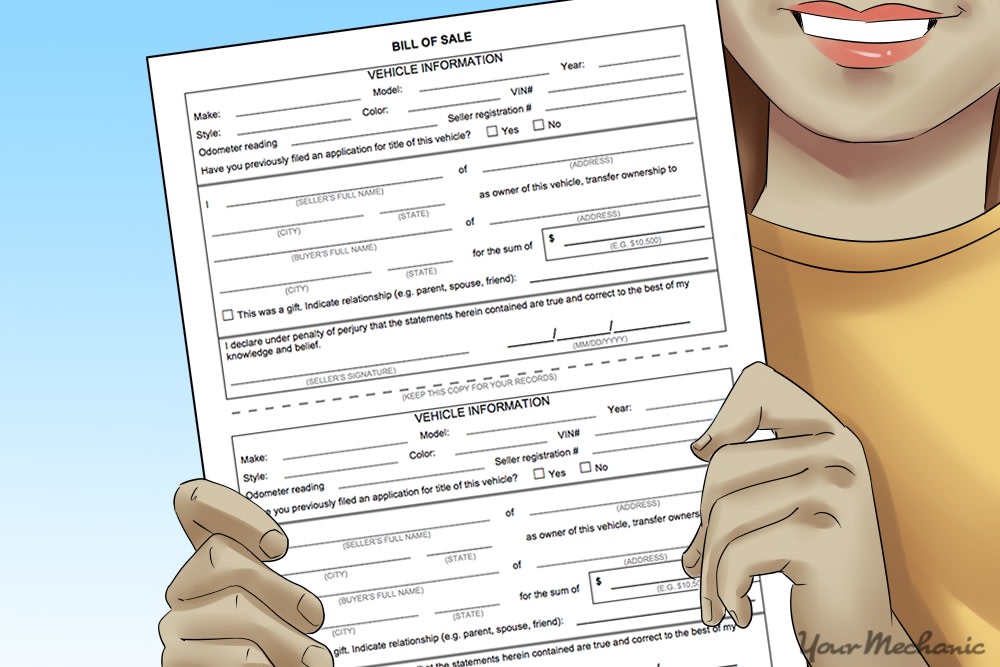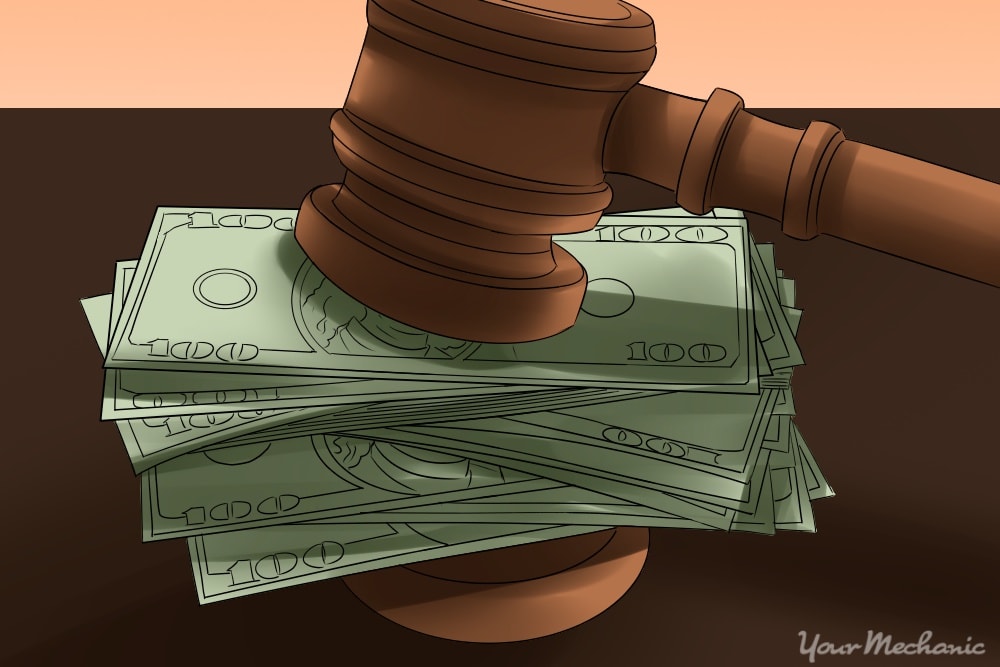

Buying a car can put a strain on any budget. Luckily, you can choose between a couple of methods when searching for a vehicle. One of those options, buying a seized car, can save you money while giving you access to high-end vehicles. Seized-vehicle auctions generally feature vehicles that have been repossessed by a bank, were seized by the government during their operations and then impounded, and are surplus state, local, and federal government vehicles. When taking part in seized-car auctions, you can either participate online or in person.
Method 1 of 2: Online seized-vehicle auction sites
Materials Needed
- Cell phone
- Computer or laptop
- Paper and pencil
Online seized-vehicle auctions let you buy a car from the comfort of your own home. While not as hands-on as an in-person auction, online auctions give you access to the vehicles just like a regular auction does and allows you to privately bid on and win vehicles without even having to leave your home.
Step 1: Check out inventory. First, check out the inventory available by perusing the online inventory at such sites as GovDeals.
Find the specific category of vehicles that interest you, such as automobiles, trucks, or vans. Once on a specific page, you can click on the listing to find out such information as the seller, preferred payment methods, and vehicle specifications, including the miles, any title restrictions, and the VIN.
Make a list of the vehicles you have that look interesting, the date the auction ends, and whether you can inspect the vehicle beforehand.
- Tip: You can arrange the listings of the vehicles available by the current bid amount, auction ending date, and model year, among other criteria. Use the available filters to make it easier to find the car you want.
Step 2: Research fair market value. Research the fair market value of any vehicle you are interested in. This includes going to sites like Edmunds, Kelley Blue Book, and NADAguides to find out how much a vehicle is worth according to make, model, year, mileage, and the trim level.
Step 3: Check vehicle background. Luckily, many auction sites give you the VIN of a vehicle, making it easy to perform a vehicle history check. Look for such things as accidents, salvage titles, or damage from flooding. If the vehicle has experienced any of these things, take that vehicle off of your list.
- Warning: Purchasing a vehicle that has been in an accident or had flood damage is only inviting trouble as these vehicles are more likely to develop problems in the future. In addition, a salvage title means the vehicle was in a wreck so bad that the insurance company had to total the vehicle as a complete loss.
Step 4: Inspect the vehicle in person if feasible. Many auctions allow and even recommend bidders inspect a vehicle in person. This clears up any misconceptions about what the buyer is getting when they purchase the vehicle. If an auction allows a physical inspection of the vehicle, you can find it within the vehicle description.
- Tip: If you are not mechanically inclined, take along a friend who knows something about cars when you inspect the vehicle.
Step 5: Place your bid. Place your bid online, keeping in mind the end date and time of the bid. You should keep in mind such factors as the fair market value of the vehicle, any damage the vehicle has, and the overall mileage.
Try not to bid too high or too often. An initial bid, followed by bidding toward the end of the auction should be good enough.
Step 6: Arrange for payment if you win. You will also have to arrange for delivery of the vehicle at this time, which represents another cost in addition to what you pay for the vehicle.
Step 7: Sign paperwork. The very last step after payment is made or arranged is to sign any paperwork to finalize the whole process. Make sure to read the bill of sale completely and don't sign if you have any questions. Also, make sure the title is correctly filled out and signed.
Method 2 of 2: Government seized-car auctions
Materials Needed
- Cell phone
- Inventory listing (for auction)
- Paper and pencil
While the chances of you finding and successfully bidding on a luxury sports car, such as a Lamborghini, are slim, a seized-car auction offers you the opportunity to get a great deal on many other vehicle makes and models. By knowing what steps to take when going through the inspection and bidding process, you can greatly improve your chances of getting a great deal on a quality vehicle.
Step 1: First, you need to find a government auction in your area. You can either call the agency involved in the auction, such as the local police department, to see if any are coming up, visit a free government auction website, such as GovernmentAuctions.org, or become a member of a fee-based site.
- Warning: Make sure you know whether an auction is open or closed to the public. Some auctions are only open to auto dealers.
Step 2: Preview the cars that are up for auction. This includes visiting the auction site to check out any vehicles you are interested in, usually the day before. You should also find out why the vehicle is up for auction, including seizures, repossessions, and surplus status.
Step 3: Research fair market value. Research the fair market value of any vehicles you have an interest in by visiting a site such as AutoTrader, CarGurus, or NADAguides. From these sites, you can learn how much a vehicle is worth according to make, model, mileage, and trim level.
You should also develop a budget at this point so you know how much you are willing to bid.
Step 4: Perform history check. Using the VIN provided, perform a vehicle history check. You should look for any accidents or other damage that could affect how the car runs. Avoid vehicles that have a salvage title or flood damage, as this can lead to problems for the vehicle down the road.
Step 5: Test drive. Take it for a test drive if allowed, or at least see if you can start it up to see how it sounds. If you are not well-versed in cars, bring along a friend who has some knowledge to help you determine any unlisted potential problems with the vehicle.
Step 6: Research auction rules and requirements. Find out what the rules for the auction are, including how to pay if you do win an auction. Knowing this beforehand allows you to prepare a method of payment. In addition, keep in mind any additional costs, such as any auction fees and sales tax.
If you need to have the vehicle delivered, you should factor that into the overall costs when making your budget.
Step 7: Register for the auction in advance. For this, you need at least a valid photo ID and will have to provide some basic information. If you are unsure what you need, contact the agency in charge of the auction to find out.
Step 8: Attend the auction and bid on the vehicle you are interested in. You might consider attending a few auctions beforehand to see how the process works. Also, keep your bid ceiling in mind while bidding, and try not to bid over the minimum amount when placing your bid.
Step 9: Finalize deal. Finalize the deal if you win, including making payment and signing any paperwork. All auctions list their preferred payment method. The final step when successfully bidding on a seized vehicle is to sign the paperwork, including the bill of sale and the vehicle title. Once finished, the vehicle is yours.
Finding a great deal on a vehicle is straightforward when attending a seized-car auction. You can get many of the vehicles up for auction at a greatly reduced price, making seized-car auctions worth your while when looking for a vehicle. Before bidding, have the vehicle you are interested in inspected by an experienced mechanic to ensure that it doesn't have any hidden problems.


